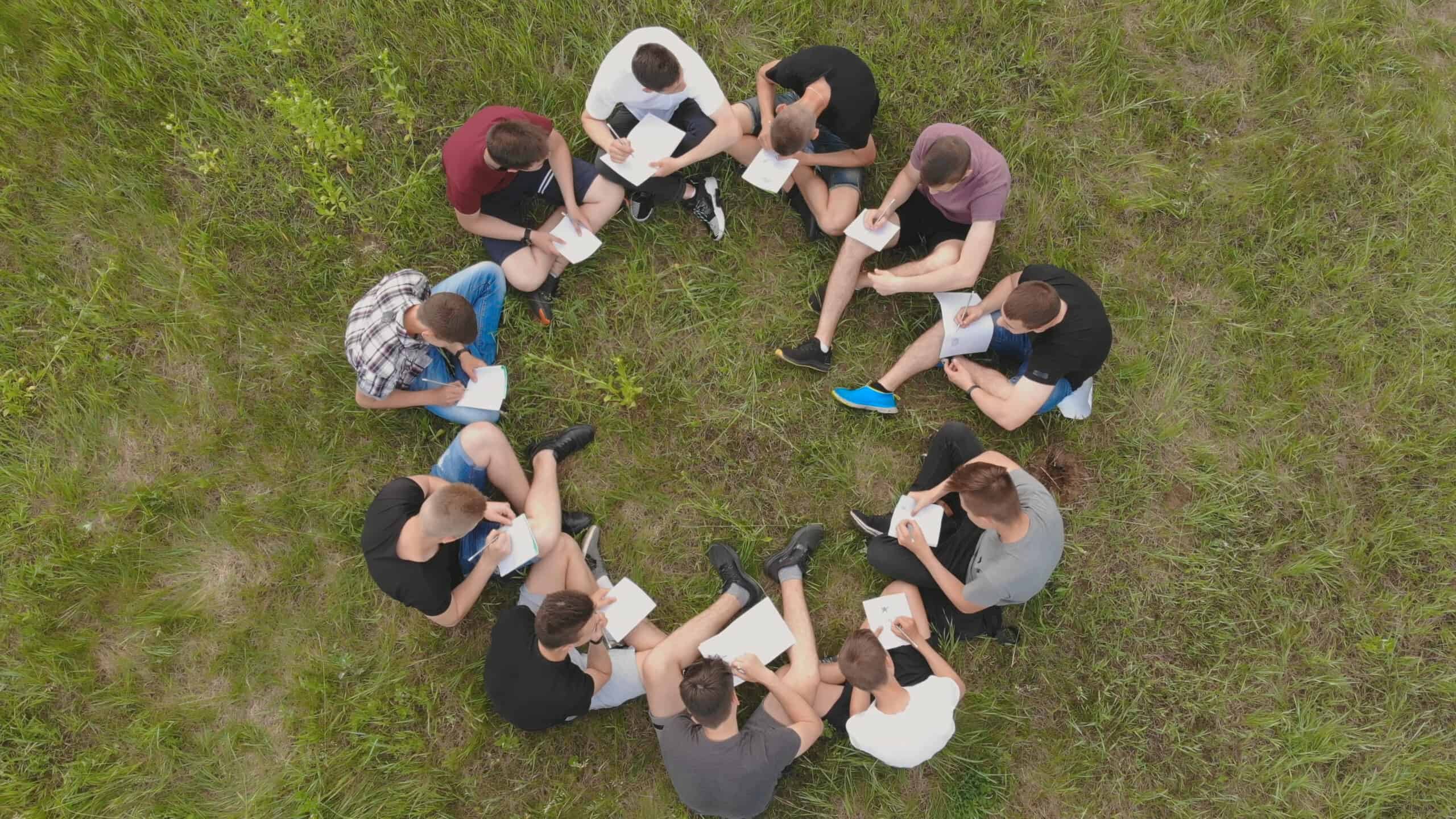In ancient times, prior to the arrival of missionaries and foreigners, education was imparted through the medium of songs and dances. Knowledge acquisition involved melodies and harmonies, accompanied by distinct steps and hand motions that symbolized various concepts.
Today, the state, comprised of multiple islands, is not just a global leader in offering memorable, picturesque vacations and getaways. It also plays host to many top-quality schools and educational centers within its boundaries, most of which have been around for quite a long time! Let’s look at some of the oldest schools in Hawaii, and how they’ve transformed over the years to accommodate the educational needs of the changing times for its students.
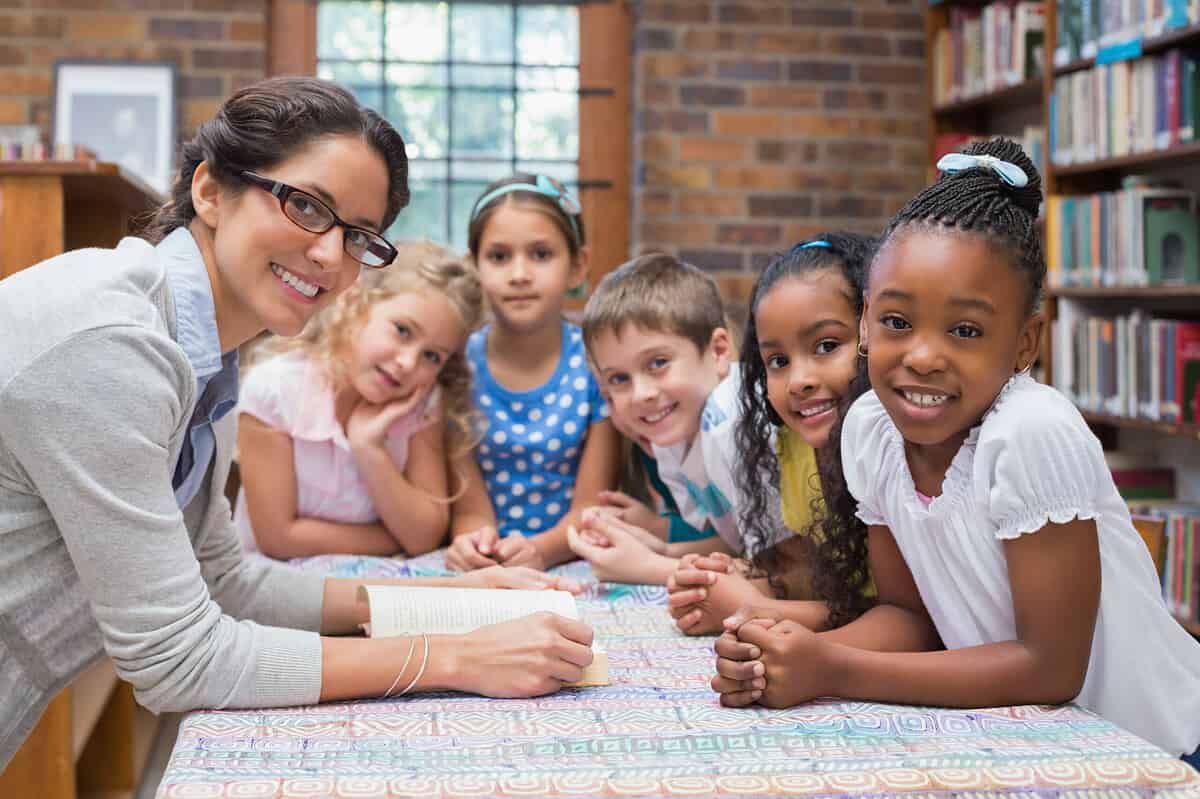
©wavebreakmedia/Shutterstock.com
Brief History
Early education in Hawaii mainly incorporated the use of valuable life lessons conveyed through mele or songs, which encapsulated past experiences. Ancestors also played a pivotal role in transmitting their accumulated wisdom, aiming to pass down essential teachings to future generations.
In April 1820, the first wave of American missionaries arrived in Hawaii and their main agenda was to create institutions to educate natives about Christianity. Not only were these institutions established by American missionaries, but they also provided initial financial backing. Their primary objective was to enable Native Hawaiians to acquire literacy skills in their own language, enabling them to read the Bible.
As time progressed, local chiefs assumed the responsibility of constructing and sustaining these schools. Additionally, there was a growing trend of Native teachers taking up the role of educators within these schools.
The curriculum of ancient Hawaiian schools encompassed various subjects, including history, genealogy, agriculture, navigation, hula (dance), chant, and religious practices. Education was holistic, aiming to cultivate not only intellectual abilities but also physical strength, character development, and spiritual understanding.
The Oldest Schools in Hawaii are Ancient
Some of the schools considered ancient in Hawaii are:
1. Lahainaluna High School
980 Lahainaluna Road, Lahaina, HI 96761
Lahainaluna Seminary, founded in 1831 by American missionaries, is located at the foot of Pu'u Pa'upa'u, known as the Hill of Struggle. The aim of its establishment was to provide education to a wider population. Chiefess Kalakua Hoapiliwahine, the wife of Governor Hoapili, generously gifted a tract of land to Lahainaluna, making this vision possible.
Initially, the school was overseen by the American Board of Missions. Lahainaluna Seminary admitted 25 students, including 38-year-old David Malo. These students participated in a work/study program designed to educate young men with piety and promising talents.
The Reverend Lorrin Andrews served as the first leader and principal of the seminary. All subjects were taught in the Hawaiian language by the missionaries. David Malo, one of the early graduates, went on to become the first Superintendent of Schools, an entrepreneur, an advisor to King Kamehameha III, and a minister.
In 1836, the seminary admitted its first boarding students, comprising 32 boys aged 10 to 20, who engaged in a work/study program that continues to this day. Alongside constructing their own classrooms and sleeping quarters, these students studied a range of subjects, including geography, mathematics, history, English, and astrology, as well as writing.
In 1849, Lahainaluna Seminary transitioned from being a privately funded mission seminary to a publicly funded institution of higher education. This change brought about a shift in the language of instruction, with English becoming the primary medium. One year later, King Kamehameha III took direct control of the school, placing it under the authority of the Hawaiian Monarchy. By 1864, Lahainaluna graduates held an exclusive qualification for government positions, including lawyers, teachers, district magistrates, and other significant roles.
In 1903, Lahainaluna transformed into a Vocational Trade School, providing specialized training in practical skills. By 1923, it had evolved further into a public technical high school, welcoming both boys and girls as day students. While the Boarding Program initially enrolled only male students, in 1980, it expanded to admit female students as well.
Throughout its history, Lahainaluna High School has consistently met the evolving needs of the island community. It began in 1831 as a seminary boarding school for men, established by the missionaries to contribute to the education of the community. It then progressed into a public technical high school in 1923, embracing both male and female students.
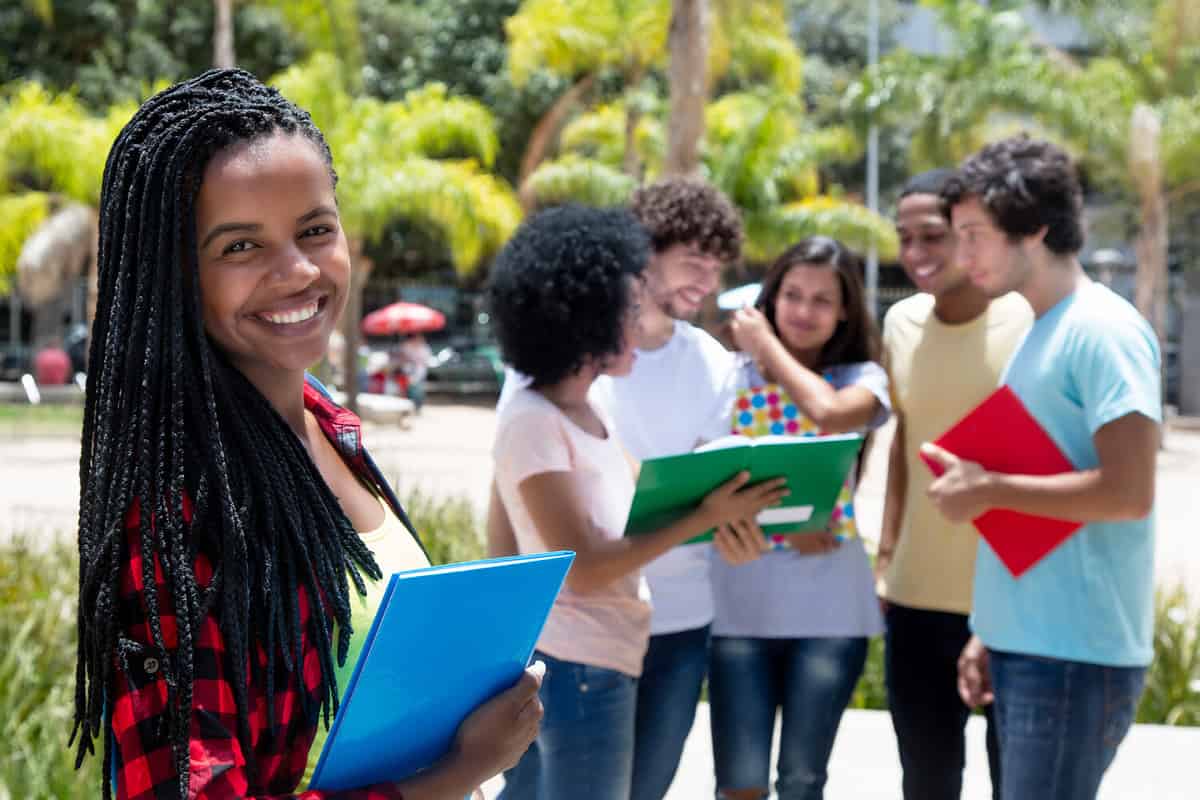
©Daniel M Ernst/Shutterstock.com
Subsequently, in 1961, it further developed into an extensive educational center and started offering a wide scope of academic opportunities, offering a wide range of educational opportunities. Finally, in 2013, it transformed into a college, career, and citizenship-ready institution, preparing students for various pathways beyond graduation.
2. Hilo High School
556 Waianuenue Avenue, Hilo, HI 96720
In September 1906, a high school was established at Hilo Union School. Initially, public interest in high school was limited. It gained support once people realized that without a local high school, learners would have to travel all the way to the island of Oahu to study.
Thinking back on the history of Hilo High School's location is captivating. The first building consisted of two floors; the first floor had three classrooms and a laboratory, a library, while an assembly hall lived on the second floor. The high school had an initial enrollment of 25 students.
In 1907, the school relocated to its current site, where the District Annex presently stands. It was then named Hilo Junior High School. Only seven of the original 25 students remained by the time the first graduating class emerged in 1909. The school remained at that location for 15 years.
The Auditorium, which now houses the Performing Arts Learning Center (PALC), was constructed in 1928 and generously donated to the school by the Alumni Association. The design of the Auditorium was crafted by a former Hilo High School graduate, Frank Arakawa. Today, the Auditorium is utilized for classes and plays.
Finally, in 1922, Hilo Junior High School moved to its present location on Waianuenue Avenue. At that time, the campus consisted of the Makai Building as the sole structure. Over the years, the school underwent numerous changes and expansions, including the addition of the Mauka Building and the transformation of the current patio area from a weed-filled gully.
Currently known as Hilo High School, the campus has expanded to accommodate an increasing number of students. With over 100 years of service to the community, Hilo High School boasts a rich history and legacy, which continues to thrive and grow.
3. Lolani School
563 Kamoku Street Honolulu, Hawai‘i 96826
In 1862, the Anglican Episcopal Church mission sent the first Anglican bishop and priests to Hawai‘i to establish their presence at the request of King Kamehameha IV and Queen Emma. Bishop Thomas Nettleship Staley formed the Hawaiian Reformed Catholic Church in 1863, which eventually evolved into the Anglican Church of Hawai‘i. With the support of the King and Queen, Bishop Staley and Reverend George Mason also founded St. Alban's College, which laid the foundation for what would later become ‘Iolani School.
Under the guidance of Father Mason, the school expanded to Lahaina, Maui, following the mission's progress. In 1868, Father Mason returned to O‘ahu and consolidated the two schools into one at the Honolulu location.
The school underwent a name change to ‘Iolani College, attributed to both Queen Emma and King Kamehameha IV. The name “‘Iolani” (meaning “heavenly hawk” in Hawaiian) was chosen to honor the late King Kamehameha IV, whose birth name was Alexander Liholiho ‘Iolani.
American Episcopal Church took charge of the school after the overthrow of the Hawaiian Kingdom and the annexation of Hawai ‘i by the United States. ‘Iolani relocated from its Nu‘uanu Valley campus to the Cathedral grounds, where it remained until 1927 before returning to Nu‘uanu.
In November 1946, the Lower School moved to its present Ala Wai property, and by the fall of 1953, the entire school was operational at the Ala Wai campus, bidding farewell to the Nu‘uanu campus.
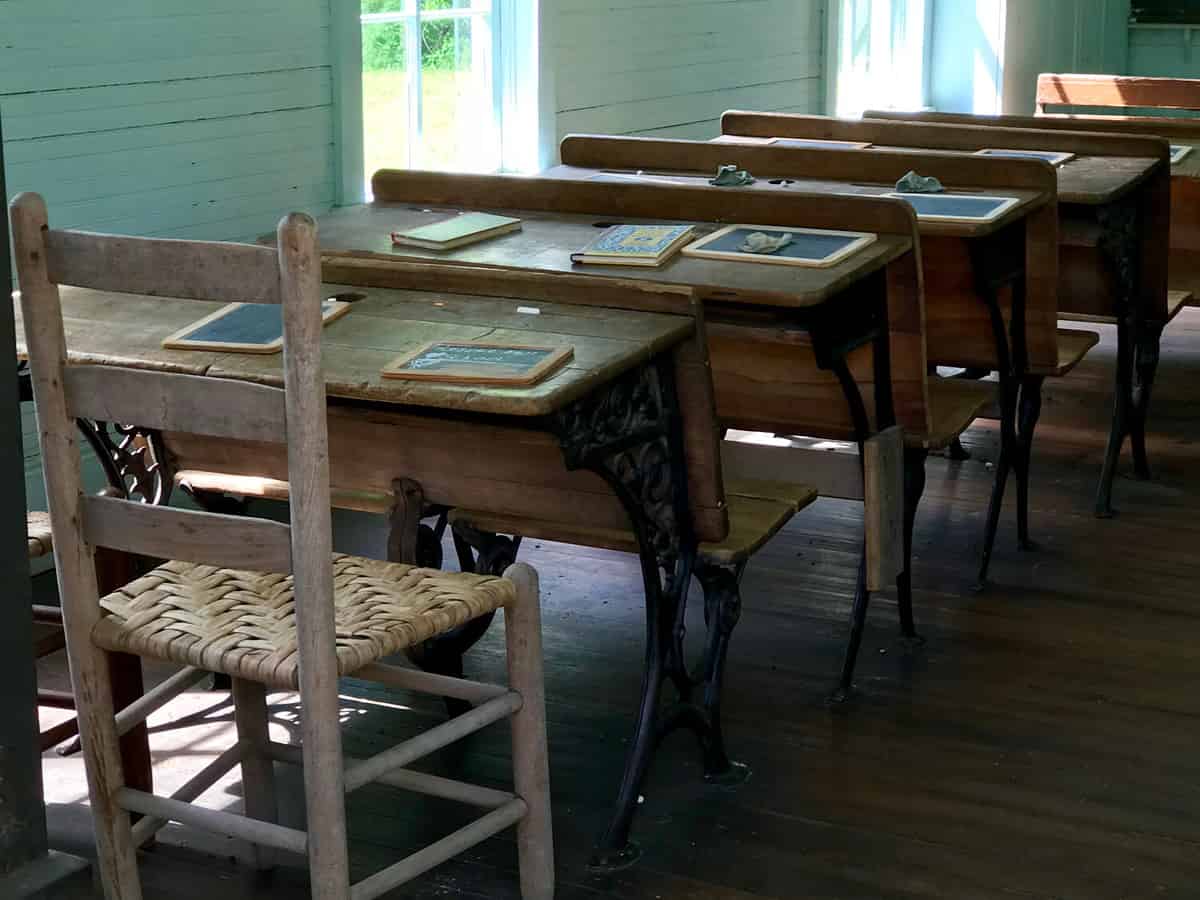
©Victoria ‘Tori' Meyer/Shutterstock.com
Since 1953, ‘Iolani has experienced remarkable growth. Starting with wartime wooden buildings, the school gradually developed a state-of-the-art campus equipped with modern facilities. From its origins as a small mission school for boys during the reign of King Kamehameha IV, ‘Iolani has evolved into one of the largest independent schools in the nation.
In the fall of 1979, the school admitted female students for the first time. After nearly 60 years, the boarding program was reintroduced, and in 2018, a new Residence Hall was constructed on campus.
4. Kamehameha Schools
567 South King St. Honolulu, HI 96813
In 1883, Princess Bernice Pauahi Bishop issued a directive stipulating that a significant portion of her estate, amounting to approximately three hundred thousand acres, or nearly 8 percent of the total land in the Hawaiian Islands, be placed in a trust.
The purpose of this trust was to establish and maintain a boys' school and a girls' school, called the Kamehameha Schools. The revenue generated from the trust would be used to finance the school’s daily operations and also to educate orphans and individuals in impoverished circumstances.
Just as the pursuit of knowledge is an ongoing adventure, Kamehameha Schools remains steadfast in its commitment to providing exceptional educational opportunities, recognizing that this journey knows no end.
Despite the remarkable progress achieved, it is evident that the school must also address the broader context and systems that influence student outcomes. It acknowledges the significance of attending to the holistic needs of each child, including their communities, while responsibly stewarding the land.
By actively working to eliminate barriers to learning, the school empowers students to deepen their connection to their culture and the land. Drawing upon the wisdom passed down by their ancestors, they become equipped to navigate the challenges and seize the opportunities presented in contemporary society. To effect substantial and meaningful change, it is crucial for the school to collaborate and synchronize its efforts with others, united in its collective aspiration to forge a better future for Hawai'i.
After the death of the princess in 1884, Charles Reed Bishop undertook the task of fulfilling his late wife's wishes.
Notable Kamehameha Schools Alumni
As one of the oldest schools in Hawaii, Kamehameha has quite a few notable alumni. There are too many to list here, so here are a few particularly notable ones:
- Brian Ching, professional men's soccer player
- Auli'i Cravalho, voice actress
- Makoa Freitas, former offensive lineman for the Indianapolis Colts
- Kamu Grugier-Hill, linebacker for the Carolina Panthers
- Daniel K. Akaka, former U.S. Senator
- Malama Solomon, U.S. Senator
- David Hughes, retired Seattle Seahawks and Pittsburgh Steelers player
- Kolten Wong, second baseman for the Seattle Mariners
- Brook Mahealani Lee, Miss USA 1997 and Miss Universe 1997
5. Honolulu Community College
874 Dillingham Blvd. Honolulu, HI 96817
In 1920, the Territorial Trade School was founded in Palama, marking the inception of what is now known as Honolulu Community College (HonCC). It initially operated as part of McKinley High School but was later reestablished as Honolulu Vocational School.
In 1955, it underwent another name change and became known as Honolulu Technical School. However, due to the Community College Act of 1964, it eventually became incorporated into the University of Hawai'i system. In 1966, the Board of Regents officially adopted the name Honolulu Community College and granted the school the authority to confer associate in arts and associate in science degrees.
Notable Honolulu Community College Alumni
Currently, Honolulu Community College has one alum of note: Dustin Kimura. He studied Welding Technology at this institution. In February 2013, Kimura made his debut with the Ultimate Fighting Championship. He fought five fights with the promotion before he was released. His record was 9-0 prior to entering the UFC; during his time with the UFC, he won two fights and lost three.
After leaving the UFC, Kimura began training at Gracie Technics Honolulu.
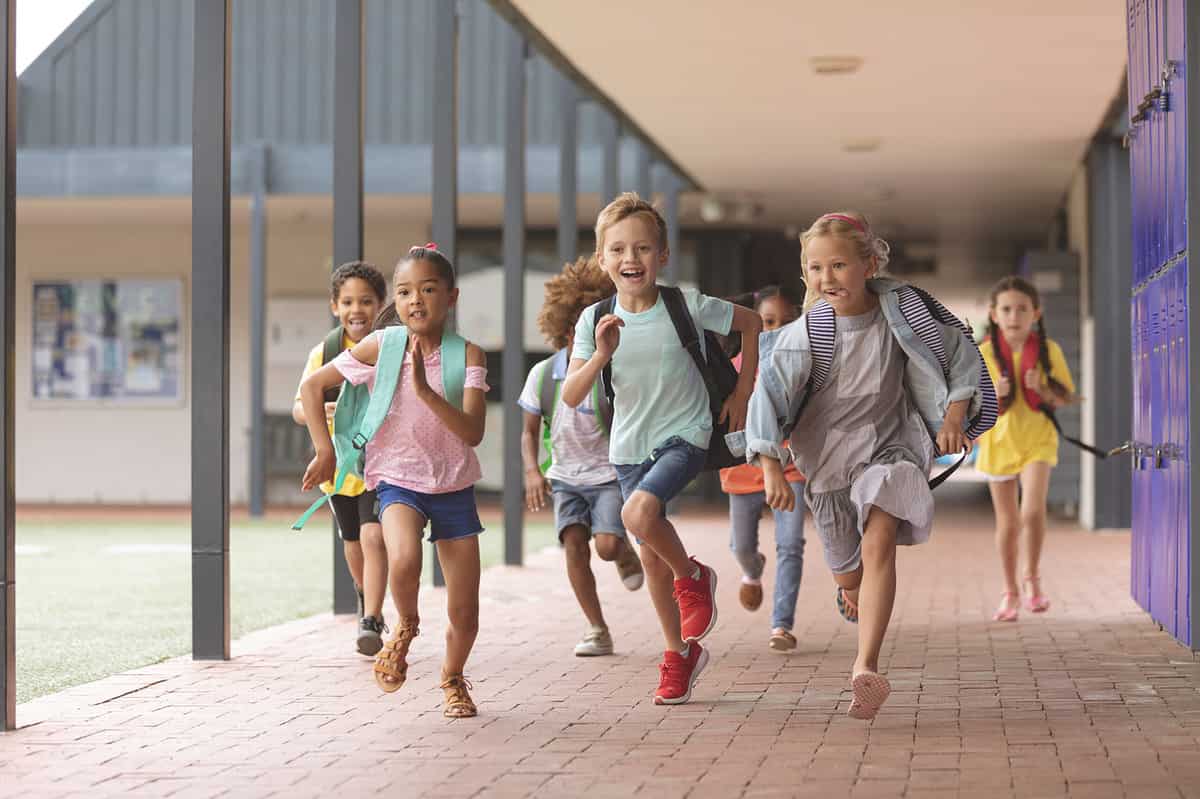
©wavebreakmedia/Shutterstock.com
6. Punahou
1601 Punahou St, Honolulu, HI 96822, USA
Established in 1841, Punahou School was founded on lands generously granted to Christian missionaries by Hawaiian chiefs. The school's establishment allowed missionary children to receive education in Hawai'i while remaining with their families, and before long, Punahou opened its doors to all children across the islands.
This unique blend of the gift of land and the visionary approach to education held by the missionaries continues to shape Punahou's legacy to this day.
At the heart of the campus lies a spring from which the school derives its name: Ka Punahou, meaning “the New Spring.” Symbolic of renewal, it serves as a constant reminder of the school's rich history while inspiring each member of the community to pursue personal growth and exploration.
Initially, Punahou school comprised a scattered assortment of gifts, records, and valuable materials that were passed down among administrations and librarians over several decades; the archives gradually took shape and gained formal structure in the 1950s.
The image featured at the top of this post is ©WorldStockStudio/Shutterstock.com.
